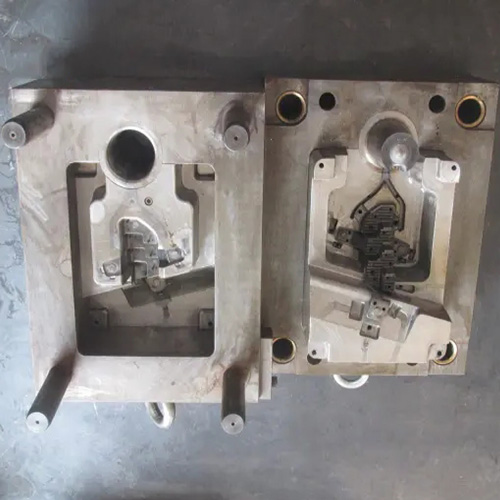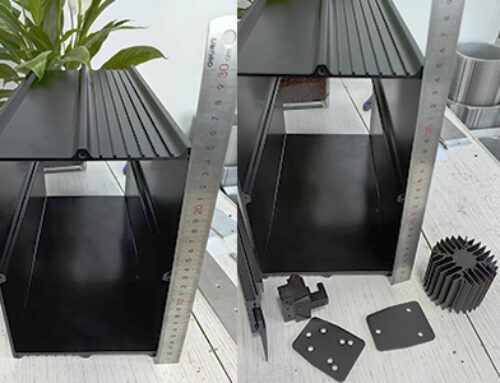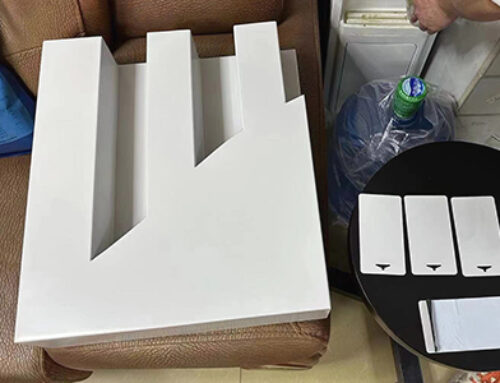Project Description
Many people are concerned about whether die-casting aluminum alloy can be done with anodizing treatment. It is actually very difficult to anodize the die-casting aluminum parts. Anodic oxidation is the process of oxidizing the anode in a suitable electrolyte using electrochemical methods under certain voltage and current conditions, in which the alloy part is used as the anode and stainless steel, chromium, or the conductive electrolyte itself is used as the cathode, thus obtaining an anodic oxide film on the surface of the workpiece, anodic oxidation, and coloring process requires sulfuric acid anodic oxidation.


Why is it difficult to anodize die-cast aluminum alloys?
The limitations of sulfuric acid anodizing for aluminum alloy materials are as follows:
1. The presence of alloying elements reduces the quality of the oxide film. Under the same conditions, the thickest oxide film, the highest hardness, the best corrosion resistance and the best homogeneity is obtained on pure aluminum. For aluminum alloy materials, it is necessary to ensure the aluminum content, usually not less than 95 %, in order to obtain good oxidation results.
2. In alloys, copper reddens the oxide film, destroys the quality of the electrolyte and increases oxidation defects. Silicon can turn the oxide film gray, especially when the content exceeds 4.5%. Due to its own characteristics, iron will exist as black spots after anodizing.
3. Die-cast aluminum alloys: Cast and die-cast aluminum alloys usually contain high silicon content, and the anodic oxide film is dark, so it is impossible to obtain a colorless and transparent oxide film. As the silicon content increases, the color of the anodic oxide film changes from light gray to dark gray to dark gray. Therefore, cast aluminum alloys are not suitable for anodizing.
Commonly used die-casting aluminum alloys can be divided into three main categories.
First, aluminum-silicon alloys, mainly containing YL102 (ADC1, A413.0, etc.), YL104 (ADC3, A360).
Second, aluminum-silicon copper alloys, mainly containing YL112 (A380, ADC10), YL113 (A383, ADC12), YL117 (B390, ADC14).
Third, aluminum and magnesium alloys, mainly containing 302 (5180, ADC5, ADC6).



